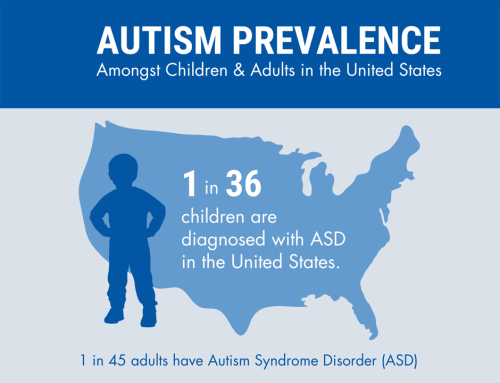For over seventy years in the United States, there has been a movement to reduce the barriers to employment for people facing disabilities. The goal of this movement has been to build up the practical and social skills, along with emphasizing the value these individuals bring.
Additionally, this movement served to help these citizens find a place in the community and decrease widespread institutionalization while incorporating vital contributors to the workforce.
Historically, families who were unable to take care of disabled loved ones entered them into residence at institutions. Residential institutions were expensive for many families. They were also an ill-fit for individuals who were capable of many things, had they simply been offered access to the right tools and educational programs.
The disability awareness movement and local communities, companies, teachers, and volunteers have all made huge strides in integrating programming and employment into our social fabric by adapting to alternate learning styles.
Goodwill of Central Iowa (GCI) works to educate the community on the value of hiring individuals with disabilities and creates programming to best equip these individuals with the tools to obtain community employment.
Learning Styles
The programs and services provided to people with disabilities and barriers to employment are tailored. Services are customized based upon the learning styles and capabilities of each individual. Goodwill of Central Iowa understands that not every individual has the same learning style, and what might lead to success for one individual might be a dead end for somebody facing significant barriers to employment.
Learning models for those who have a type of barrier – physical, cognitive, or social – emphasize a stair step process to move from concepts to applied skills. After mastering the selected skill, these learners need to experience a move from the classroom to the real world, while still in practice mode.
The final accomplishment is when the practice phase is complete and the students are able to complete the skill set successfully on their own with confidence. At this stage, the trainees are ready for employment. Trainees are either directly placed with a company, or through a partnership program that pairs local businesses projects with these newly skilled participants.
The key to this learning style is to complete each step at the right pace for the student and for them to have a lot of time to practice and gain confidence as they commit the process to their memory. Such was the case for Larry, who is visually impaired. When landing a job at Panera, Larry had to have one-on-one training to learn the layout and process of the dishwashing station. After a committed training period, Larry was able to thrive in the role by himself. However, someone without a learning barrier may be able to witness something once and be able to instantly repeat it, but for other learners, they simply need more time, more repetition, more exposure to the concepts, or a combination of all of these tools.
Job Training Programs and Career Placement
Educational experts say that people with intellectual or social barriers benefit most from the following learning structure:
- Being involved in planning or mapping the skills they will learn during the training course.
- Seeing, hearing, and being able to connect the skills learned in the classroom with a real-world experience (concept repetition and connections).
- Using training materials and pre-vocational tasks that mimic and establish a pattern for real-world processes.
- Intersecting classroom learning with hands-on repetition of the skills (applied skills).
- Authentic real-world reinforcement (repetition in a non-classroom scenario).
Goodwill of Central Iowa’s job training programs combine classroom learning with hands-on experience. Instructors evaluate each participant independently and familiarize themselves with each person’s barriers, challenges and learning style.
Once the training program is complete, Goodwill of Central Iowa’s Career Specialists work to place the individual in the right position. They focus on job retention, not just placement. Job Coaches work alongside the individual. They transition participants into community employment at a pace that is right for the individual, not a standard pace set by society.
Different Paths to Success
Goodwill of Central Iowa commits to always “meeting individuals where they are at” instead of forcing a one-size-fits-all standard approach to job training and employment. By catering to different learning styles and approaches, individuals are given a second chance at achieving success and proving value.
Goodwill’s programs wouldn’t be the success that they are, with over 6,500 people served in 2019, without the companies that partner to make learning possible.
People with disabilities and other barriers to employment are often overlooked. This is because they don’t fit the typical mold that traditional employees do. However, these individuals can turn out to be your most loyal employees. In fact, last year, 285 different companies hired a Goodwill of Central Iowa program participant. The 90-day retention rate was 82%.
Businesses are vital to Goodwill of Central Iowa’s success, from job training opportunities to funding to hiring participants. Every service offered by Goodwill of Central integrates into the core mission of providing job training opportunities for people with barriers.
Contact us to learn how your business can partner with Goodwill of Central Iowa.








